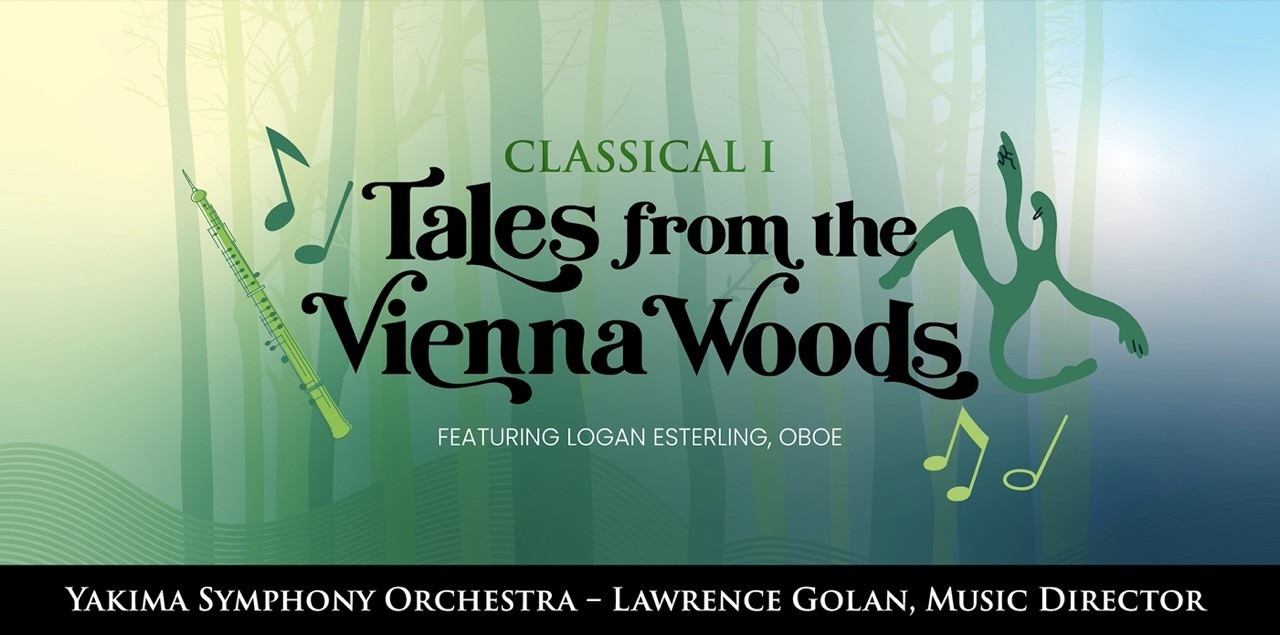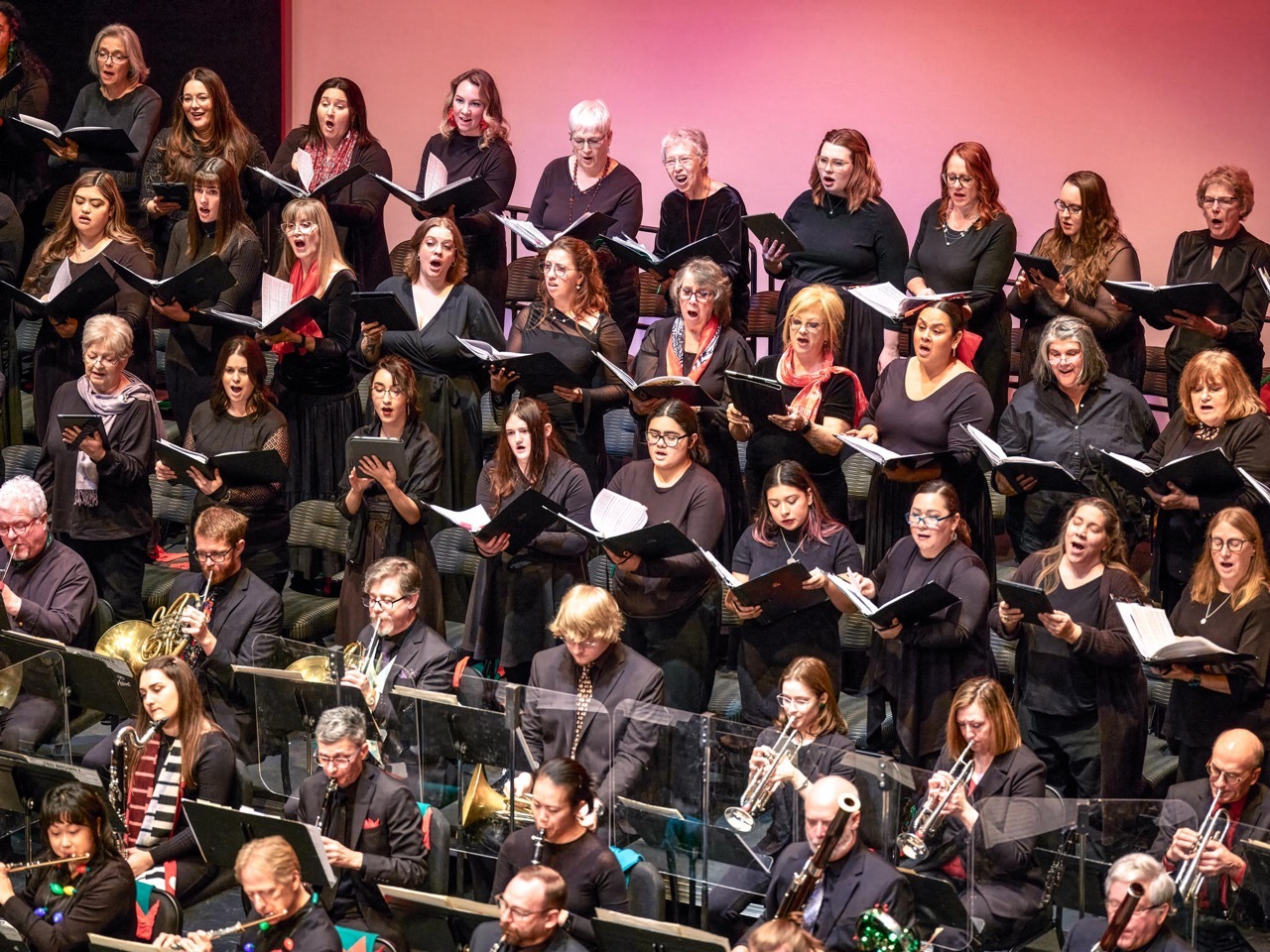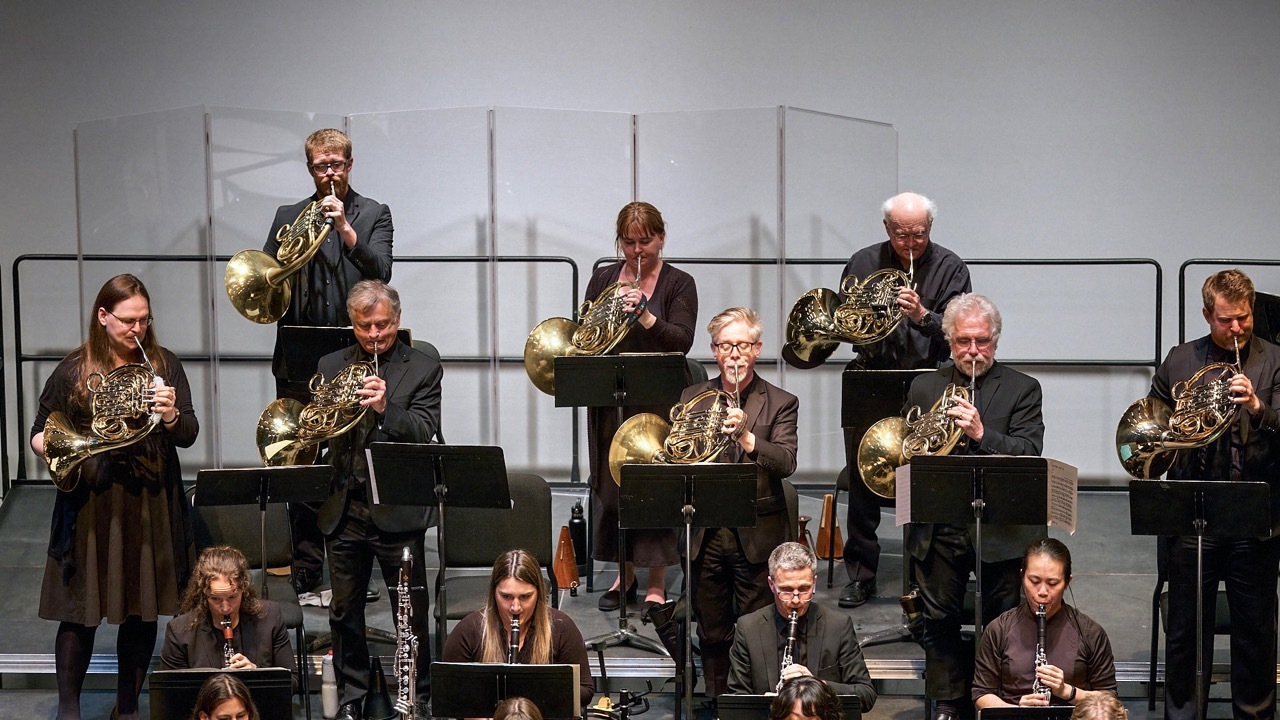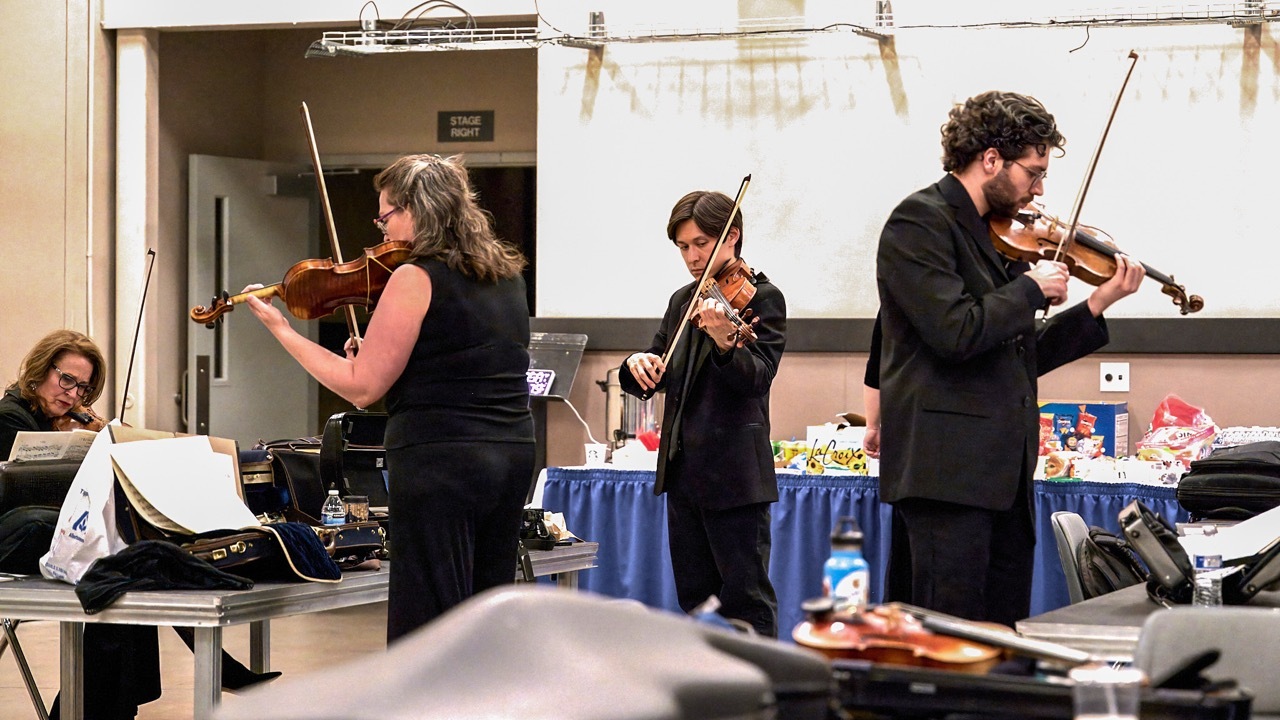Tales from the Vienna Woods
9/27/2025, 7:30 PM

Our 2025–2026 season premiere celebrates the beauty of nature through music!

9/27/2025, 7:30 PM

Our 2025–2026 season premiere celebrates the beauty of nature through music!
of proud history to build upon, the YSO stands poised for decades of future growth and ever-expanding support to the Yakima Valley community.


Audition Information for Yakima Symphony Chorus Young Artist Positions for 2025–2026 Season

August 21, 2025 Audition for Associate Principal/Utility Horn (Tenure-Track position)

August 22, 2025 Auditions for Assistant Concertmaster, Assistant Principal 2nd Violin, Section Violin 1-3, Section Violin 1-6, and Section Violin 1-7